
Teon Edwards explains a tool that helps learners explore what’s science and what’s science fiction in the VR experience Europa Prime.
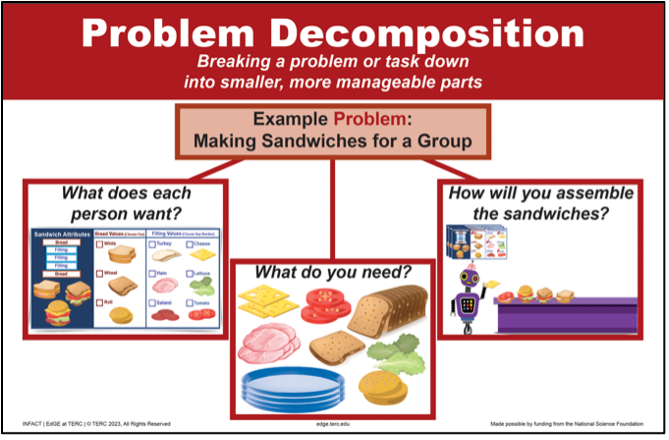
Teon Edwards, PI of Broadening Participation in Informal STEM Learning for Autistic Learners and Others through Virtual Reality, explains the thoughtful design of educational posters.

This is the third blog post in a series of excerpts from Jodi Asbell-Clarke’s book, Reaching and Teaching Neurodivergent Learners: Strategies for Embracing Uniquely Talented Problem Solvers. It introduces Dr. Sara Seager, neurodivergent MIT professor.
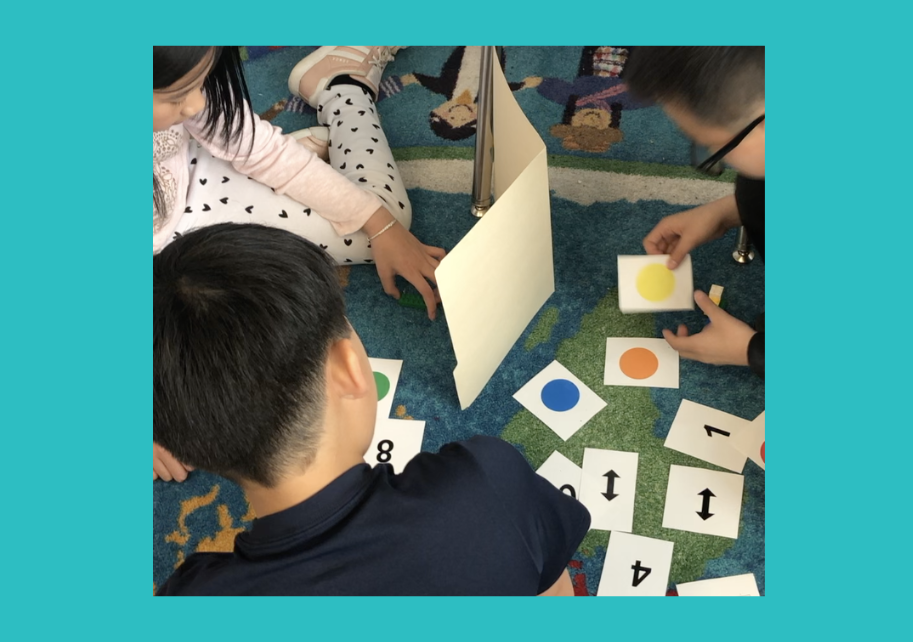
Developer Tara Robillard shares strategies to support learners with who are challenged to “activate.”
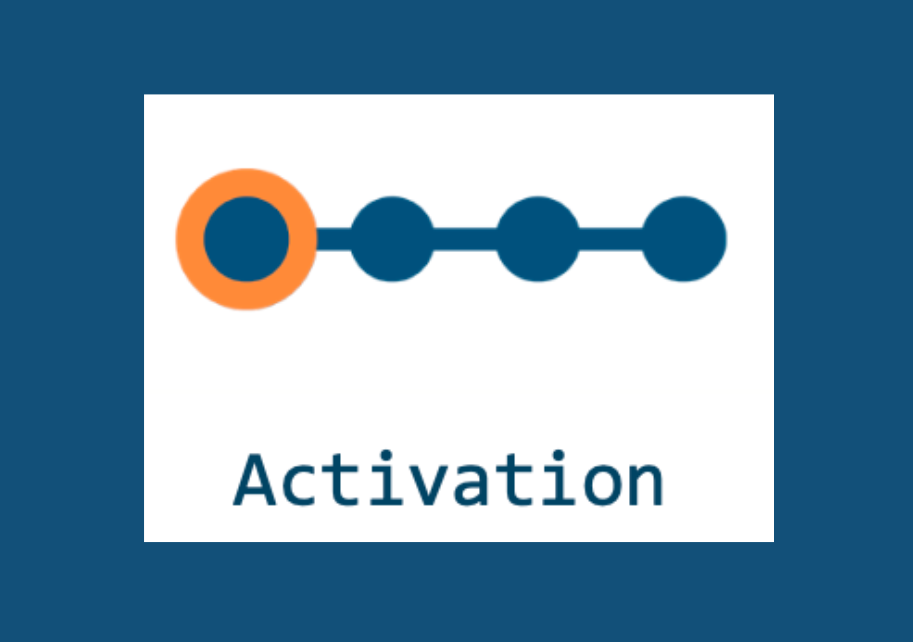
In this first of two blogs, developer Tara Robillard breaks down the brain science behind the executive function (EF) challenge of “activation.”

Teon Edwards, PI of Broadening Participation in Informal STEM Learning for Autistic Learners and Others through Virtual Reality, describes an answer to the question “What does neurodiversity look like?” It focuses on “look”, or visual, aspects of a project co-designing a virtual reality game.
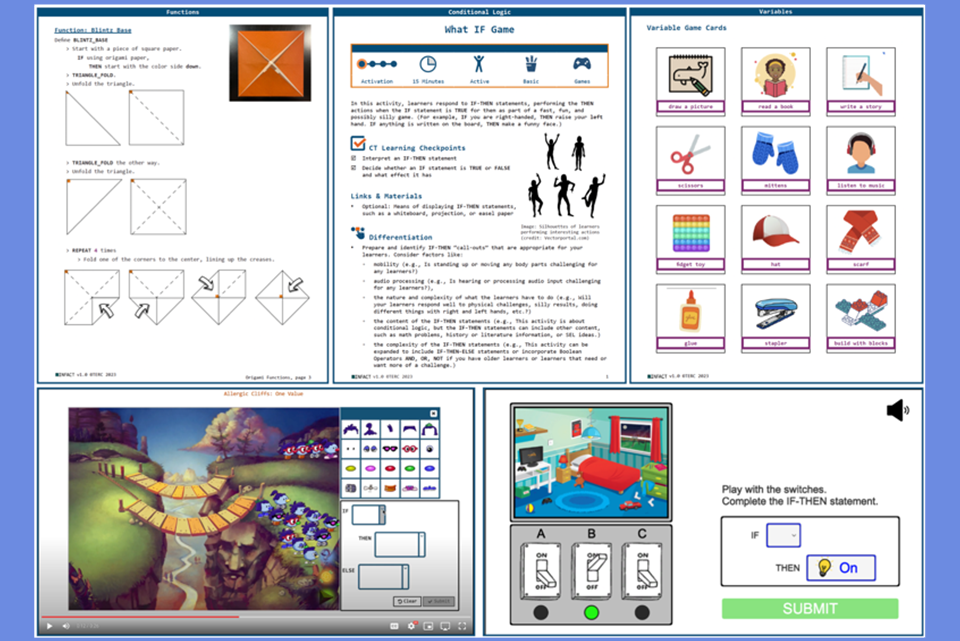
Many neurodivergent students have strong problem-solving skills, which are often masked by EF struggles like organizing thoughts, breaking down problems, and persisting through challenges. By embedding EF scaffolds, INFACT materials create a more accessible and inclusive learning experience to let those talents shine.

This is the second blog post in a series of excerpts from Jodi Asbell-Clarke’s book, Reaching and Teaching Neurodivergent Learners: Strategies for Embracing Uniquely Talented Problem Solvers. It introduces Caleb, an autistic 8th grade student.

High school student Sreenidi Bala shares her experiences actively encouraging inclusive education, including creating her platform Code for All Minds.
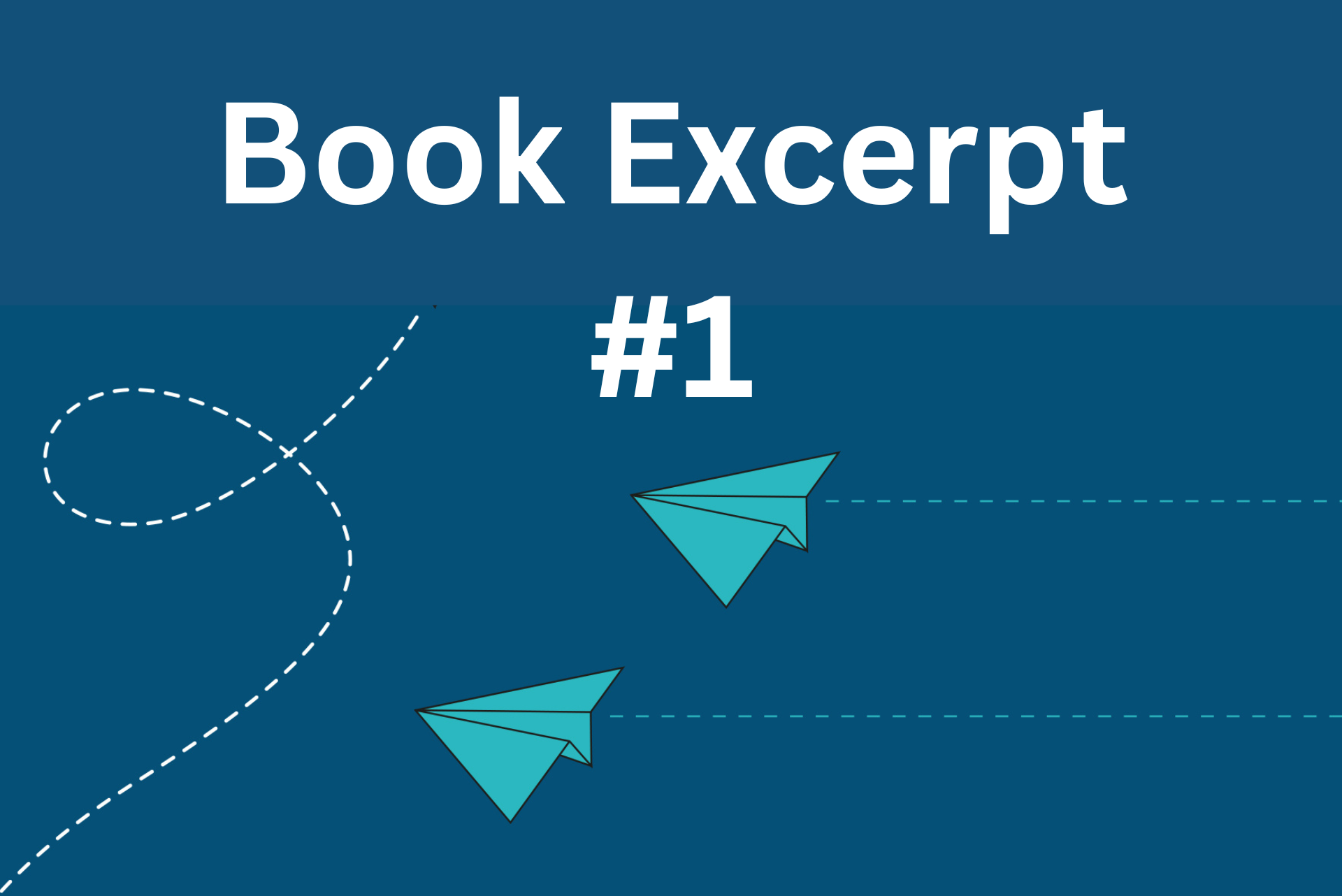
This is the first blog post in a series of excerpts from Jodi Asbell Clarke’s book, Reaching and Teaching Neurodivergent Learners: Strategies for Embracing Uniquely Talented Problem Solvers. It introduces Jodi’s experience meeting neurodivergent learners in Ms. Bradbury’s classroom.
